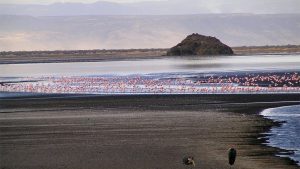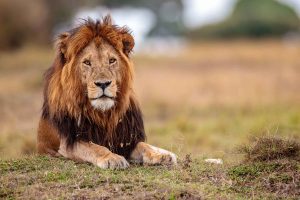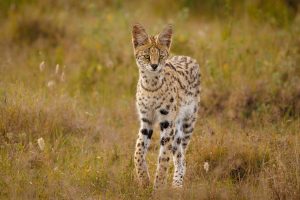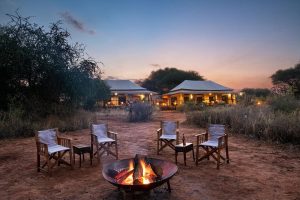Deep in the heart of northern Tanzania lies a breathtaking marvel of nature—the Ngorongoro Crater. Often referred to as the 8th natural wonder of the world, this UNESCO World Heritage Site is a must-visit destination for any traveler’s bucket list.
With its dramatic landscapes, dense wildlife population, and rich cultural heritage, Ngorongoro offers one of the most extraordinary safari experiences on the planet.
🌋 What Is the Ngorongoro Crater?
Formed over 2.5 million years ago, the Ngorongoro Crater is the world’s largest inactive, intact, and unfilled volcanic caldera. The volcano that once towered higher than Kilimanjaro collapsed after a massive eruption, creating a natural amphitheater covering over 260 square kilometers (100 square miles).
Enclosed by steep walls rising up to 600 meters (2,000 feet), this self-contained ecosystem is home to an astonishing diversity of wildlife and landscapes, all within a relatively small area.
🐘 Wildlife Like Nowhere Else
Ngorongoro Crater is one of the few places in Africa where you can see the Big Five—lion, elephant, buffalo, rhino, and leopard—all in a single day. Thanks to its fertile floor and permanent water sources, the crater sustains over 25,000 large animals, including:
-
Black rhinos (a rare and critically endangered species)
-
Massive elephant bulls with impressive tusks
-
Lion prides that rule the grasslands
-
Hippos, hyenas, wildebeest, zebra, jackals, flamingos, and more
This is also one of the best places in Africa for close-range wildlife photography.
🌅 The Scenery Is Simply Surreal
Beyond the wildlife, Ngorongoro’s scenic beauty is second to none. As you descend from the rim into the crater floor, you’ll witness sweeping views of golden savannahs, shimmering lakes, acacia forests, and marshlands—often with mist floating above the rim and sunrays breaking through the clouds.
🛖 Culture and History
The Ngorongoro region is also rich in human history and culture:
-
Maasai communities still live in and around the conservation area, coexisting with wildlife and maintaining ancient traditions.
-
Nearby is Olduvai Gorge, one of the most important paleoanthropological sites in the world, where early human fossils were discovered.
✅ Why It Belongs on Your Bucket List
✔️ See the Big Five in one day
✔️ Explore one of the world’s most dramatic landscapes
✔️ Capture unforgettable photography
✔️ Experience Maasai culture and history
✔️ Visit a UNESCO World Heritage Site
📅 Best Time to Visit
Ngorongoro Crater is accessible year-round, but the best wildlife viewing occurs during the dry season (June–October) when animals gather around the water sources and visibility is excellent.
🧭 Explore Ngorongoro with Kilipath African Safaris
Whether as part of a multi-day safari or a dedicated day trip, Ngorongoro Crater is an essential stop on any Tanzanian safari itinerary. At Kilipath African Safaris, we offer expertly guided tours with seamless planning and personalized experiences.





